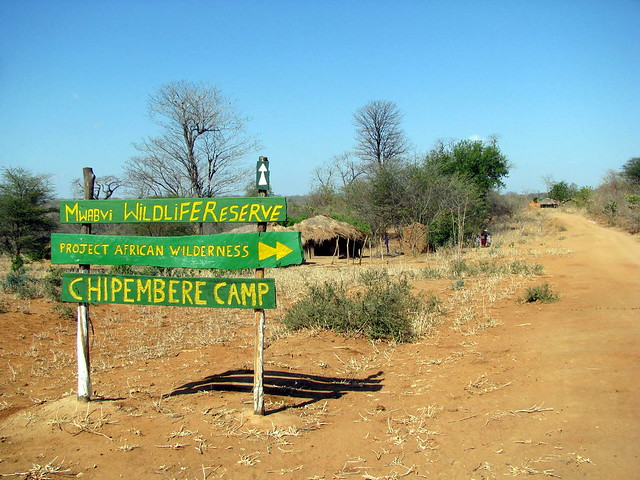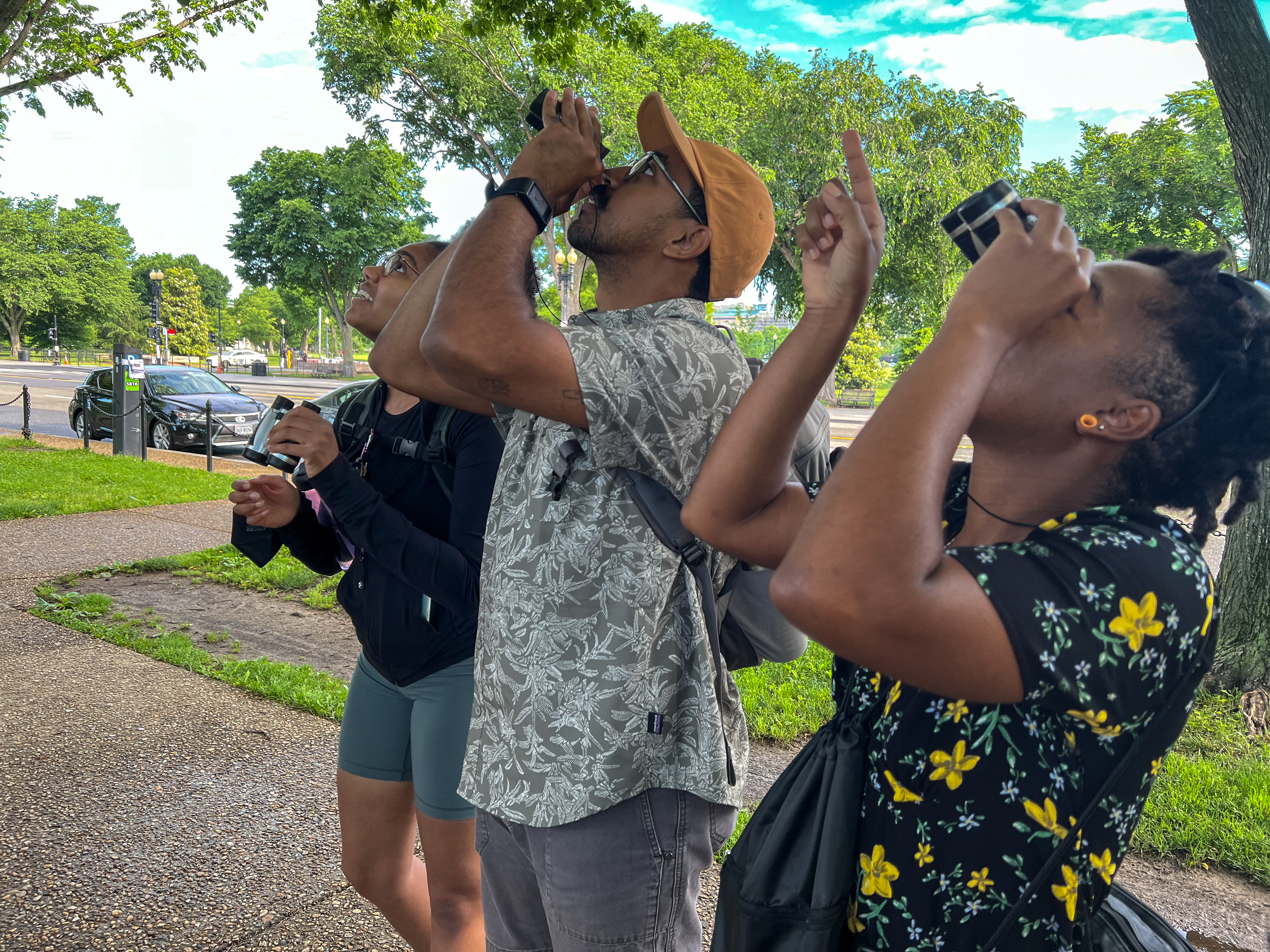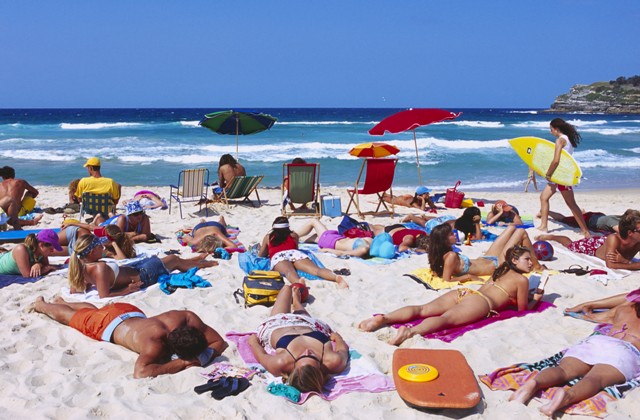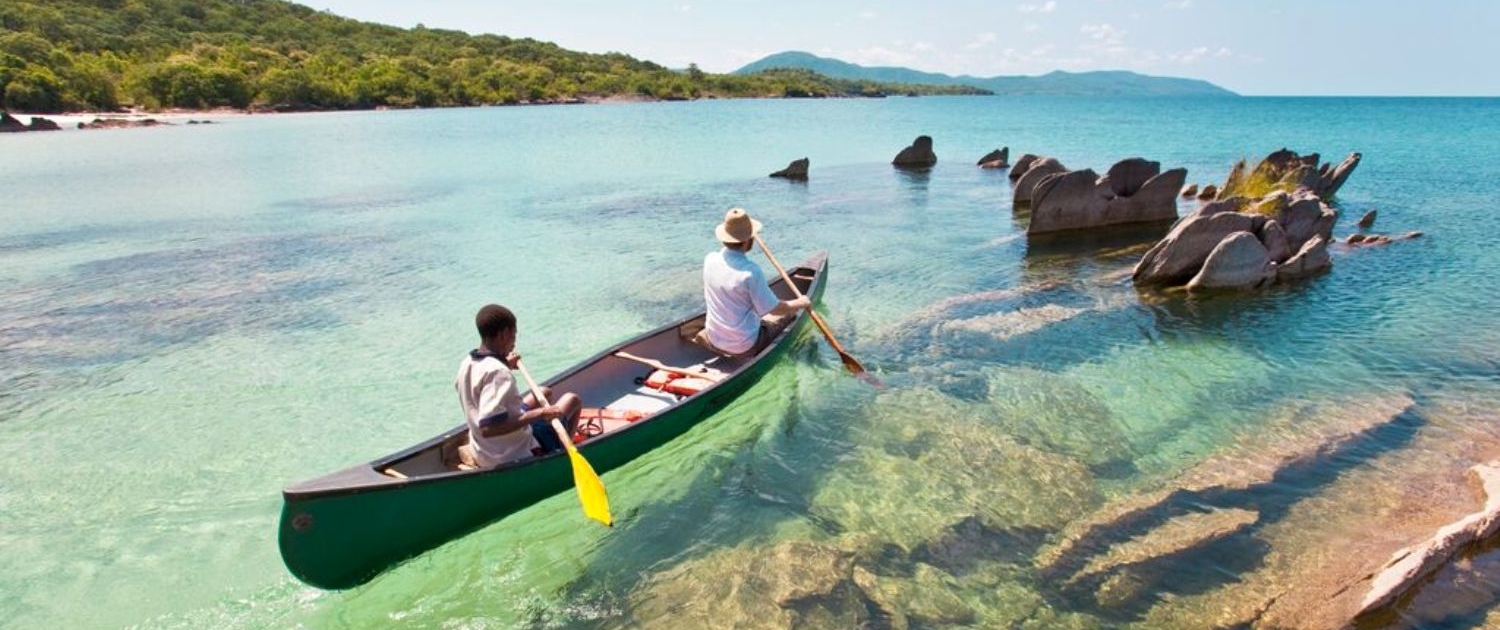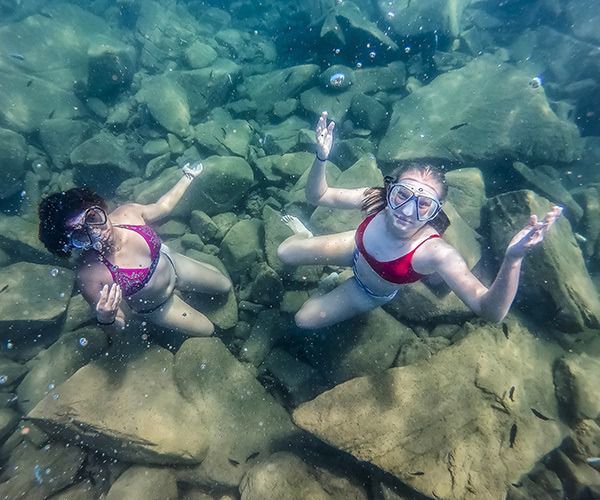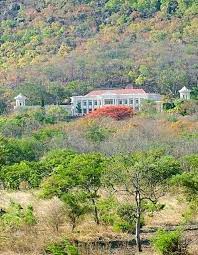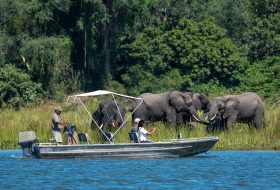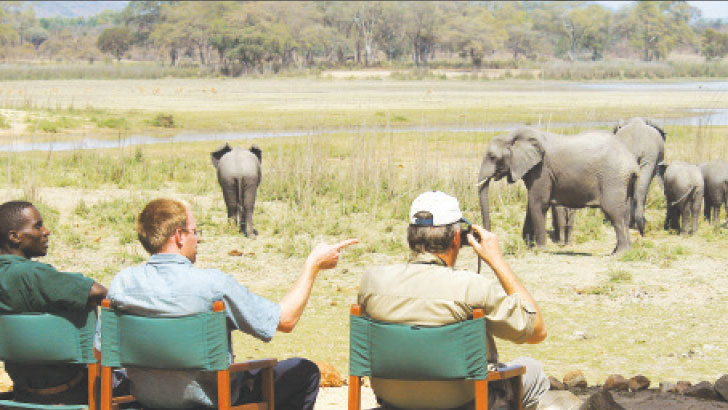CANOEING
K0
As well as the fast developing game viewing safaris, there are opportunities to go walking and hiking in Nkhotakota. Visitors can also paddle canoes on a boat safari down the Bua River as it cuts through the dense bush, or have a go at fishing from the banks of this mighty river.
FISHING (CATCH & RELEASE)
K0
Catch and release fishing is a type of recreational fishing where anglers immediately release a fish back to the water where it was caught. It's a great conservation strategy.
HELICOPTER SAFARI
K0
The 15 minute flights offer a unique opportunity to see Liwonde from a different angle and add yet another means of exploring the park, beyond the existing drives, walks and boat safaris. From above, guests will be treated to some behind the scenes insights from the African Parks team. Flights cost US$200 per person (minimum of 2 people per booking). The flights are available all year round, subject to availability. Because the helicopter is also used by African Parks for their conservation work, all sight-seeing flights may only be booked within a 36-hour period prior to the flights. Flights can be booked for their guests by the camps and lodges in Liwonde, who can then also combine a flight with a game drive or boat safari.
BOAT SAFARI
K0
One of the great advantages of a number of Malawi’s National Parks and Wildlife Reserves, is that, as well as the usual safaris taken riding in a vehicle, and the thrill of getting out on foot for a walking safari, there are stretches of river which allow for boat safaris. Game viewing from a boat can be extremely successful as many animals are less concerned about what’s close to them on the water than what’s close to them on the land. They will happily go about their business whilst largely ignoring any safari boats that drift by. As well as being able to get close to the large crocodiles and pods of hippos that spend their days in or close to the water, and the riverine birdlife, boat safaris will also give great sightings of the animals on the riverbanks. Much of the wildlife will come down to the river to drink , or graze on the fertile plains not far from the water’s edge. And the elephants, particularly the young male bulls, enjoy playing in the shallow waters near the banks and will put on a great display for anyone on a boat safari along the River Shire.
GAME DRIVE/BOAT SAFARI
K0
Majete now hosts more than 4000 animals, including the Big 5! Elephants, lion, leopard, black rhinos, buffalos, elands, nyalas, zebras and hippos can be seen in the reserve. In July 2019, African Parks, the Department of National Parks and Wildlife and the Endangered Wildlife Trust successfully translocated a founding population of 4 cheetah from South Africa into Majete Wildlife Reserve where they have been missing from the landscape for decades. This reintroduction marks another milestone in the fight for the preservation of Malawi’s wildlife. Birdlife is also present in Majete with more than 300 species. These include several raptors, four vulture species, and a large population of bateleur eagles. From July to November, the park witnesses a plethora of migratory birds, including skimmers in the riverine areas, and the diminutive, yet beautiful rock pratincole.
MWABVI GORGE/MWALAWANKHUNDA/NKHANGANE
K0
The most commonly seen mammals include nyala, sable, kudu, buffalo, impala, suni and common duiker. The reserve has a record of 273 bird species, which includes Woodward’s Batis, Double-collared Sandgrouse and Black-tailed Grey Waxbill.
BIRD WATCHING/GAME VIEWING/TRAIL WALKING
K0
The Park is home to Nyala Antelope, Buffalo, Kudu, Warthog and Impala. Over 350 bird species have been recorded in the park and with some bird species being endemic to Lengwe such as the Gorgeous Bush Shrike and Grey Sunbird.
SUN BATHING
K0
Vitamin D can be difficult to get from food alone. It exists in certain fish and egg yolks, but most of it is consumed through fortified products like milk. Supplements are also available. The benefits of sunlight and vitamin D include: Reduced depression. Fewer symptoms of depression may be reported afters spending time in the sun. Sunlight triggers the brain to release the hormone serotonin, which can boost mood and promote feelings of calm. Even without depression, spending time in the sunshine will likely boost mood. Better sleep. Sunbathing can help regulate your circadian rhythm, and your body will start to get reliably drowsy when the sun goes down. Stronger bones. Vitamin D helps the body absorb calcium, which leads to stronger bones and may help to prevent osteoporosis and arthritis. Boosted immune system. Vitamin D helps the body fight diseases, including heart diseaseTrusted Source, muscle sclerosisTrusted Source, the fluTrusted Source, and certain autoimmune diseases and cancerTrusted Source. Lowered preterm labor risk. Vitamin D can protect against preterm labor and infections associated with birth.
LAKE MALAWI NATIONAL PARK-KAYAKING
K10000.00
Kayaking is the use of a kayak for moving over water. It is distinguished from canoeing by the sitting position of the paddler and the number of blades on the paddle. A kayak is a low-to-the-water, canoe-like boat in which the paddler sits facing forward, legs in front, using a double-bladed paddle to pull front-to-back on one side and then the other in rotation.[1] Most kayaks have closed decks, although sit-on-top and inflatable kayaks are growing in popularity as well.
LAKE MALAWI -SWIMMING-SCUBA-DIVING
K1000.00
Malawi is reputedly home to some of the best freshwater diving in the world. The large Lake Malawi is perfect for all levels of diver and especially suited to those beginning their scuba adventure or learning new skills. It has very little current and no swells and is home to interesting rock formations.
HISTORICAL ARCHAEOLOGICAL SITE VISIT
K1000.00
Kamuzu Village Palace in Kasungu popularly known as Nguluyanawambe
KASUNGU NATIONAL PARK-GAME VIEWING
K1000.00
Kasungu National Park is a national park in Malawi. It is located west of Kasungu, about 175 km north of Lilongwe, extending along the Zambian border. Kasungu National Park, established in 1970, is the second-largest in Malawi at 2,316 square kilometres (894 sq mi), with an elevation of approximately 1,000 metres (3,300 ft) above sea level on average. It is located in the Central Region approximately 165 km (103 mi) north of Lilongwe. Most years the park is closed during March, during the wet season. The park is warm from the months of September to May and cooler from June to August. During the summer months a large variety of birds migrate to the park and bird watching is common between June and September.
NYIKA NATIONAL PARK - GAME VIEWING
K1000.00
Nyika National Park is in northern Malawi, on the Zambian border. On the high-altitude Nyika Plateau, the park encompasses grassland and wooded valleys. Mountain-bike tracks and footpaths offer views of wildlife such as elephants, zebras, antelope, bushbucks and leopards. Rich birdlife includes rare species like wattled cranes and red-winged francolins. Seasonal orchids and other wildflowers dot the landscape. Area: 3,134 km² Established: 1966
Categories
- Art and Craft (0)
- Bars (0)
- Biking (0)
- Boat riding (0)
- Cafe (0)
- Camping (0)
- Car Hire (0)
- Casinos (0)
- Catering Services (0)
- Childrens Gym (0)
- Clubs (0)
- Cottages (0)
- Decorations (0)
- Dj (0)
- Essential Services (0)
- Event Companies (0)
- Event Gardens (0)
- Game Reserves (1)
- Gym (0)
- Health Clubs (0)
- Hiking (3)
- Historic Places (0)
- Hospitality Consultants (0)
- Hotels (3)
- Inn (0)
- Liquor Shops (0)
- Lodges (0)
- Motel (0)
- Museums (0)
- National parks (13)
- Restaurants (3)
- Take Away Restaurant (0)
- Theme Parks (0)
- Tour Operators (1)
- Tourism Consultants (0)
- Traditional Performances (0)
- Transport (0)
- Travel Agents (0)
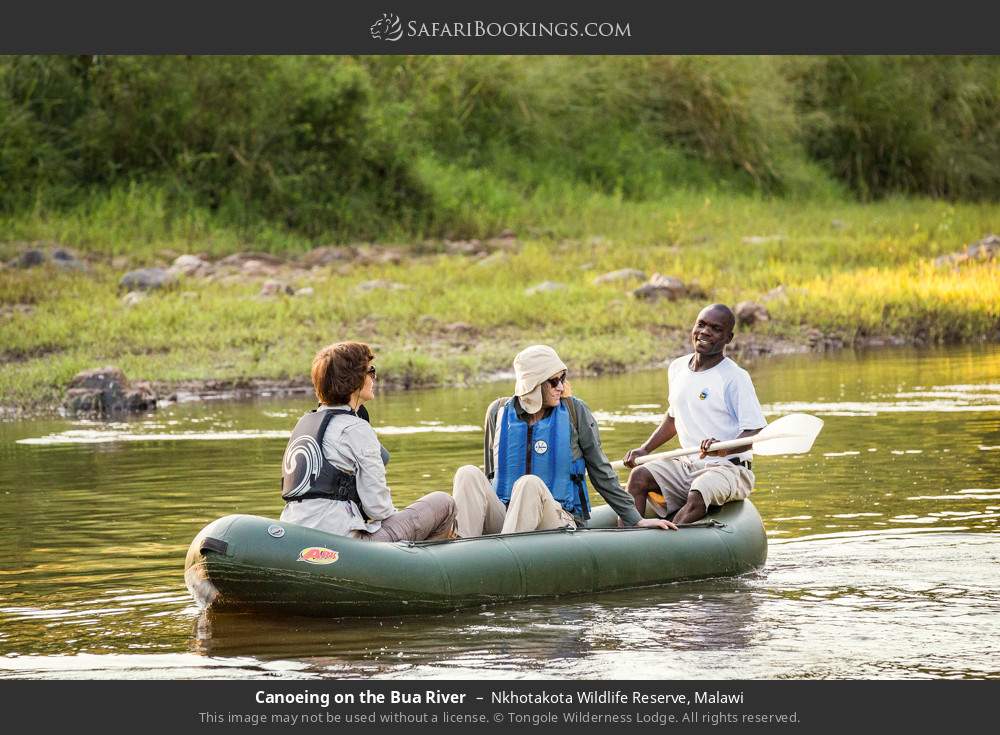
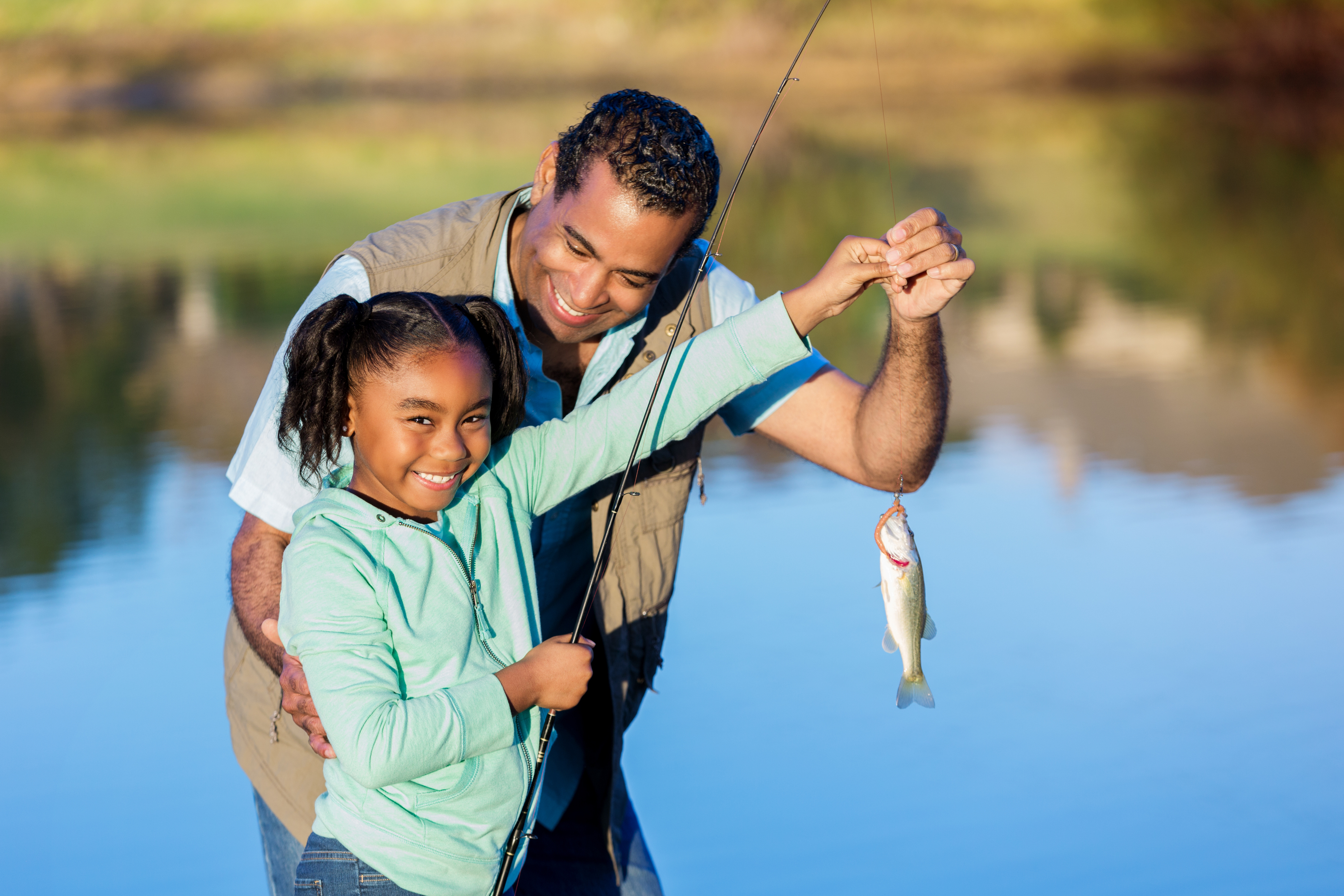
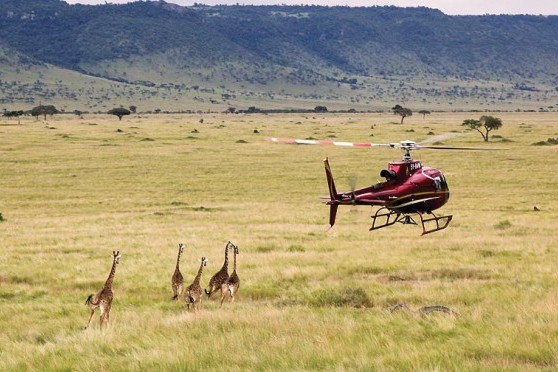
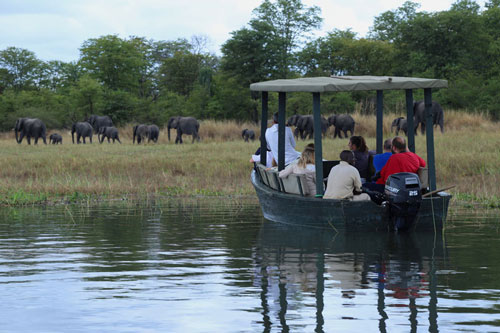
_jpg_20221119_15497.jpg)
